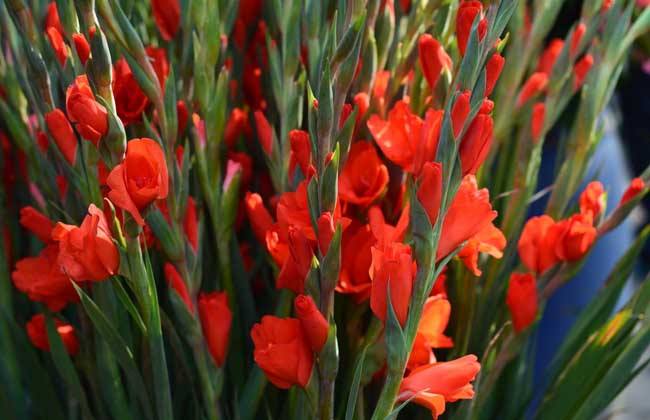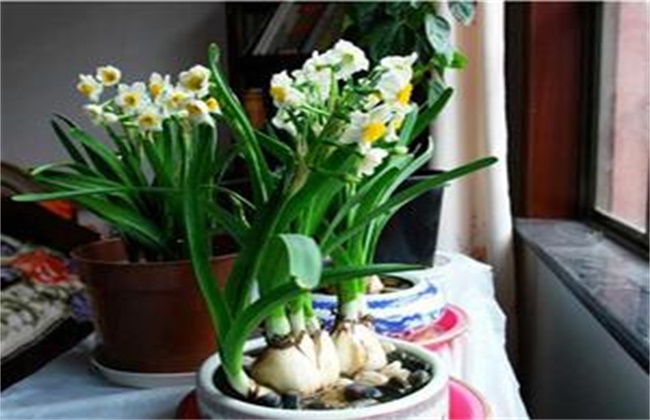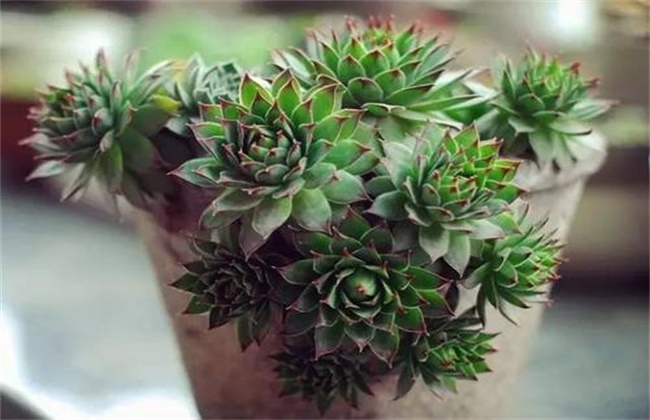Culture methods and matters needing attention of sword orchid
Gladiolus, the scientific name of sword orchid, is not an orchid, but a bulbous plant of Iridaceae. It is a flower plant with a wide variety, bright flowers, long flowering period and high ornamental value. So how to raise the sword orchid? Next, let's take a look at the breeding methods and points for attention of sword orchid with the editor.

1. Soil selection
In the cultivation of sword orchid, it is best to choose deep, fertile and loose sandy soil, which requires good drainage, ventilation and not easy to accumulate water. in addition, we should also pay attention to the pH value of the soil, it is best not to exceed it, and the slightly acidic soil is the best.
2. Light and temperature requirements
Sword orchid like warm and humid climate, avoid high temperature and heat, not cold-resistant, the suitable temperature for growth is 20-25 degrees, when the soil temperature is higher than 5 degrees in early spring, the corm can sprout, and the growth of more than 35 degrees in summer will be inhibited. Generally, sword orchid can blossom after 3 months, but the cultivation cycle is greatly affected by air temperature. the higher the temperature in the growing period, the shorter the cultivation cycle. In terms of light, sword orchid adapts to the sunny environment and is a typical long-sunshine plant. Flower bud differentiation occurs only under more than 14 hours of light every day. After flower bud differentiation, short-day light can also promote flower bud growth and blossom ahead of time.
3. Fertilizer and water management
Sword orchid is a fertilizer-loving flower, it should be fertilized in time after planting, generally 3-4 times a month, nitrogen fertilizer should not be too much, phosphorus and potassium fertilizer should be applied as appropriate to enhance flower bud differentiation and bulb nutrition, and calcium superphosphate leaching solution should be used as topdressing after flowering to promote the growth and enrichment of new bulbs. During the growing period, the sword orchid should be fertilized at least 3 times, the first time after 2, the second at the 4-leaf stage, and the third after anthesis, to avoid lodging. Sword orchid should be less every 10 days before emergence, do not drought after the seedling is complete, otherwise it will turn yellow to the leaf tip, the sword orchid watering should grasp the weight, too much water can easily cause root fertilizer, lack of water will often cause wilting, and watering still can not recover and bend into a "zigzag" shape, affecting beauty.
4. Points for attention
After the gladiolus corms are harvested and stored after the inflorescence is picked, the underground corms grow rapidly and can be harvested in about 45 days. At this time, the leaves begin to yellowing and wither, and when all the leaves are yellow and withered, the bulbs around the bulbs will all fall off, which is very disadvantageous to harvest. So harvest in time. The suitable temperature for the growth and development of sword orchid is generally not more than 27 degrees, so we should pay attention to ventilation and shading in high temperature in summer, so as not to cause plant aging, senescence and degradation due to excessive temperature.
The above is the introduction of sword orchid culture methods and matters needing attention, hope to help you, want to know more related knowledge, please pay attention to us.
Related
- Fuxing push coffee new agricultural production and marketing class: lack of small-scale processing plants
- Jujube rice field leisure farm deep ploughing Yilan for five years to create a space for organic food and play
- Nongyu Farm-A trial of organic papaya for brave women with advanced technology
- Four points for attention in the prevention and control of diseases and insect pests of edible fungi
- How to add nutrient solution to Edible Fungi
- Is there any good way to control edible fungus mites?
- Open Inoculation Technology of Edible Fungi
- Is there any clever way to use fertilizer for edible fungus in winter?
- What agents are used to kill the pathogens of edible fungi in the mushroom shed?
- Rapid drying of Edible Fungi



